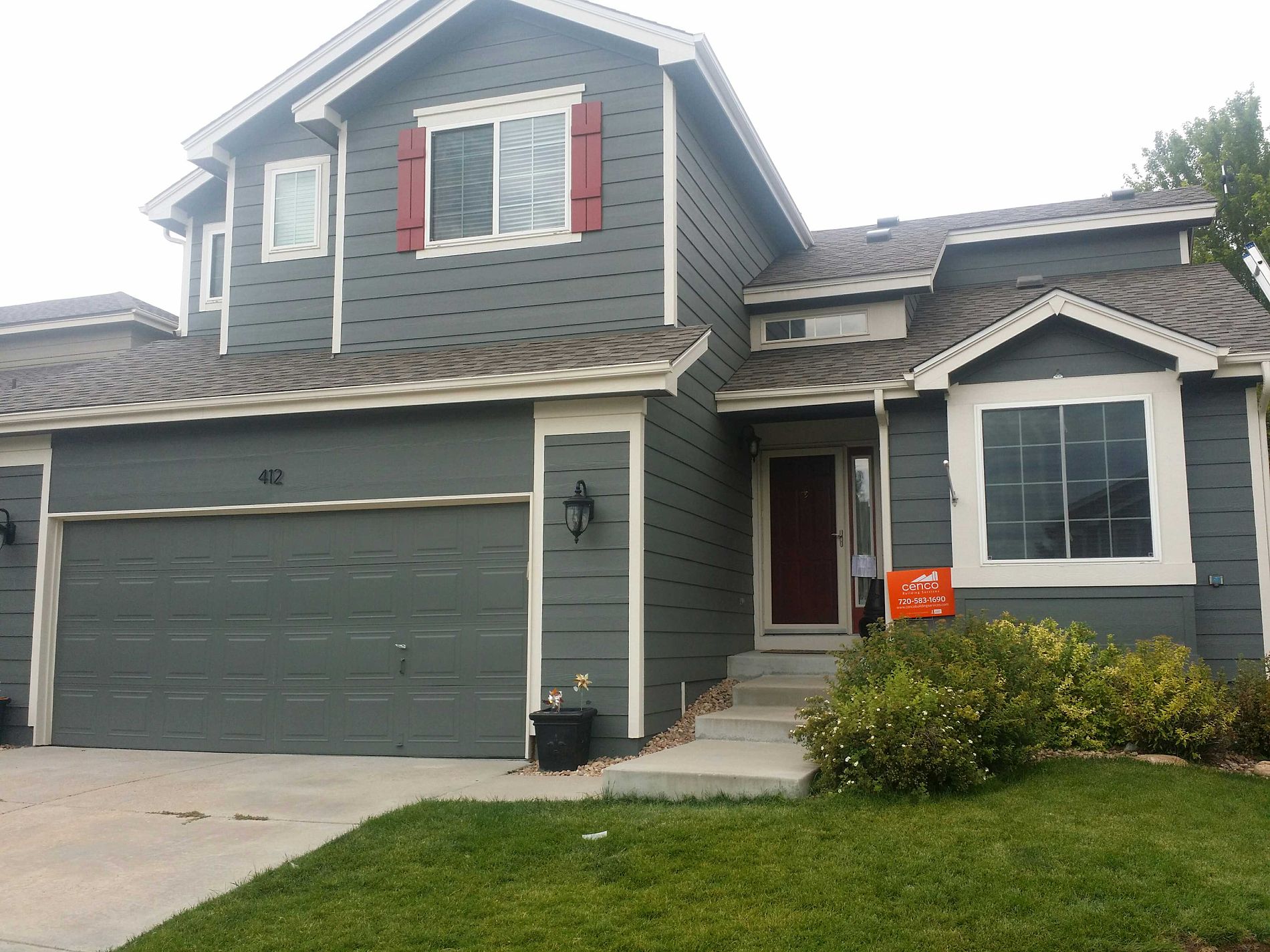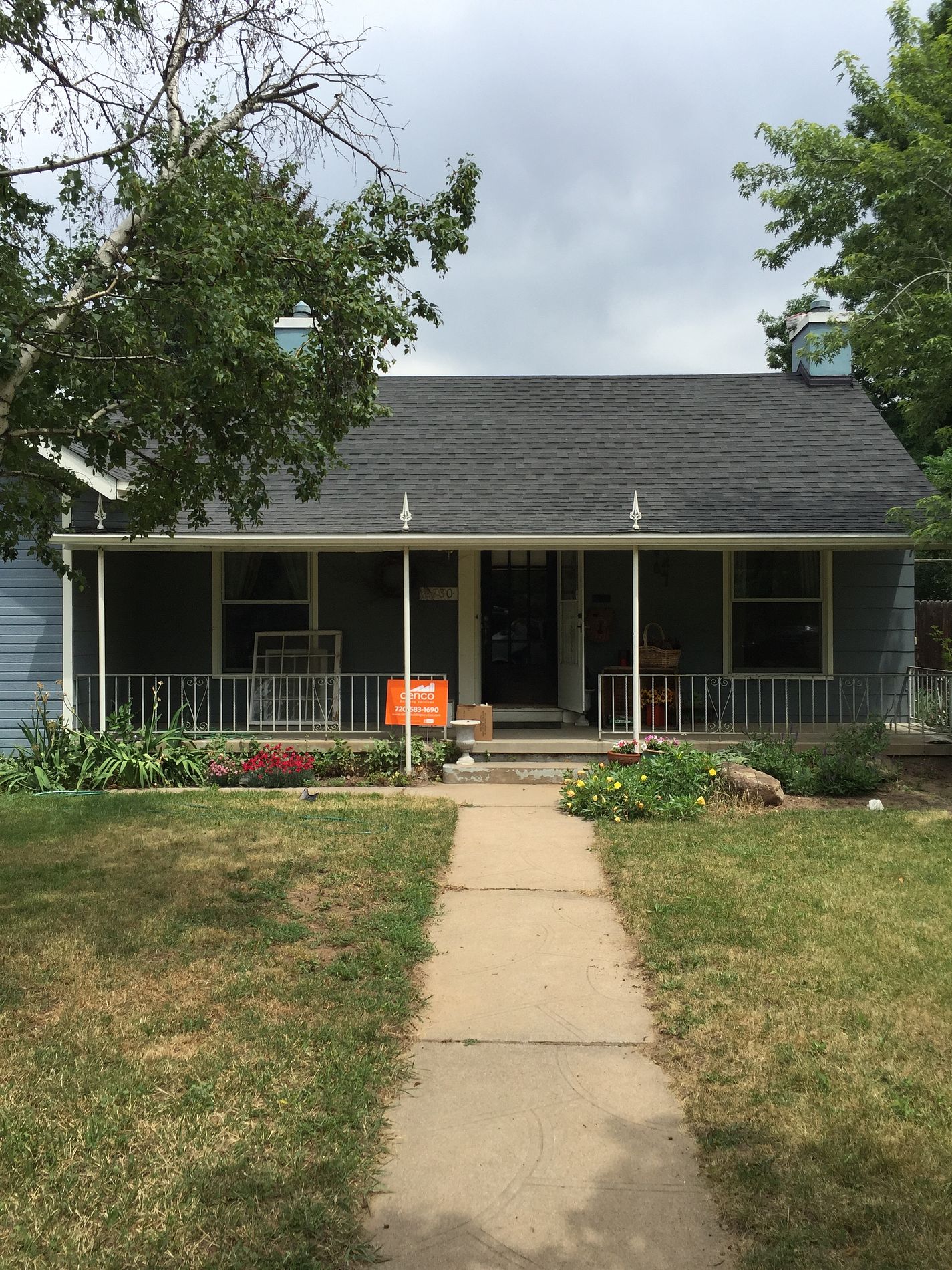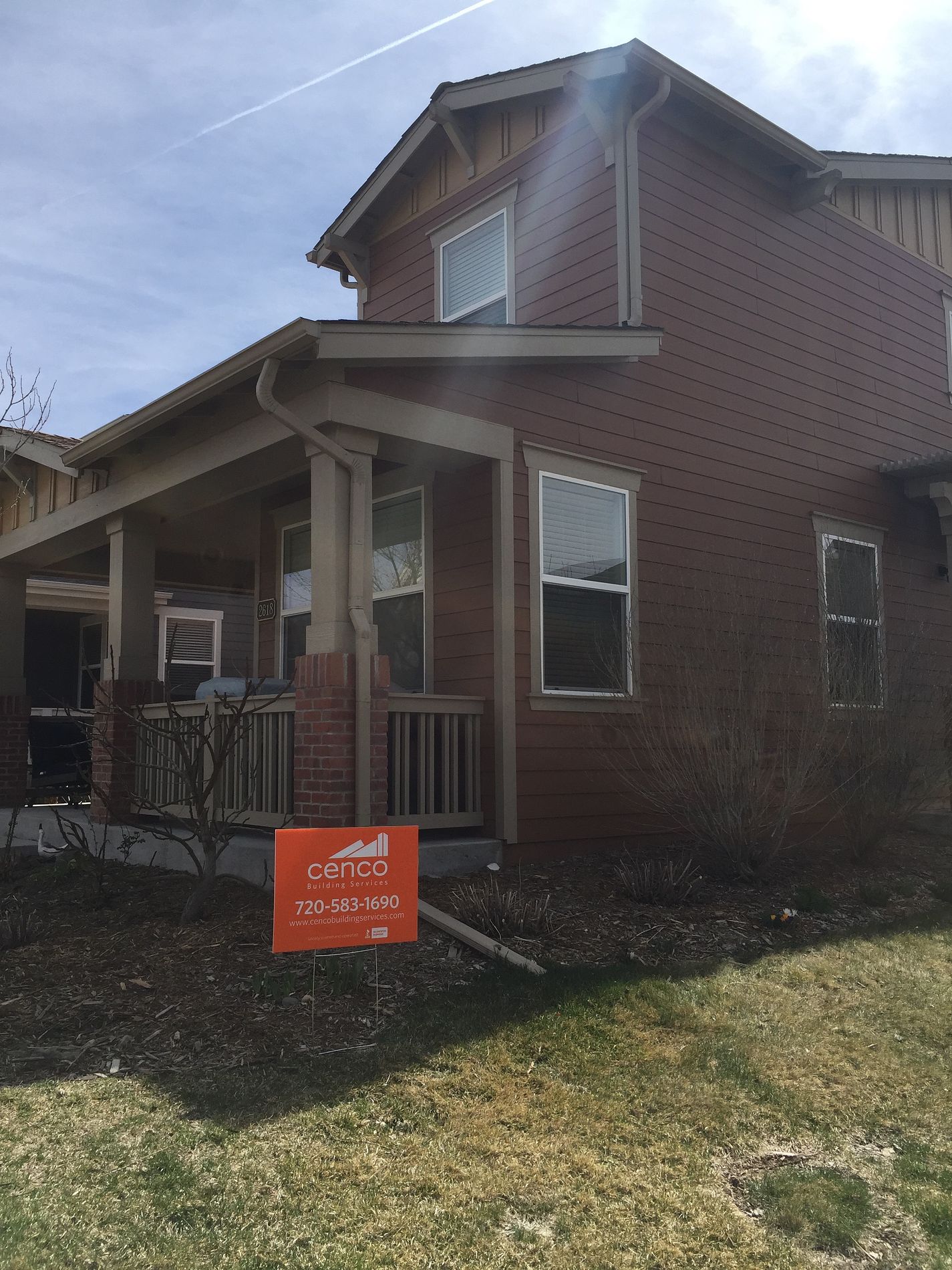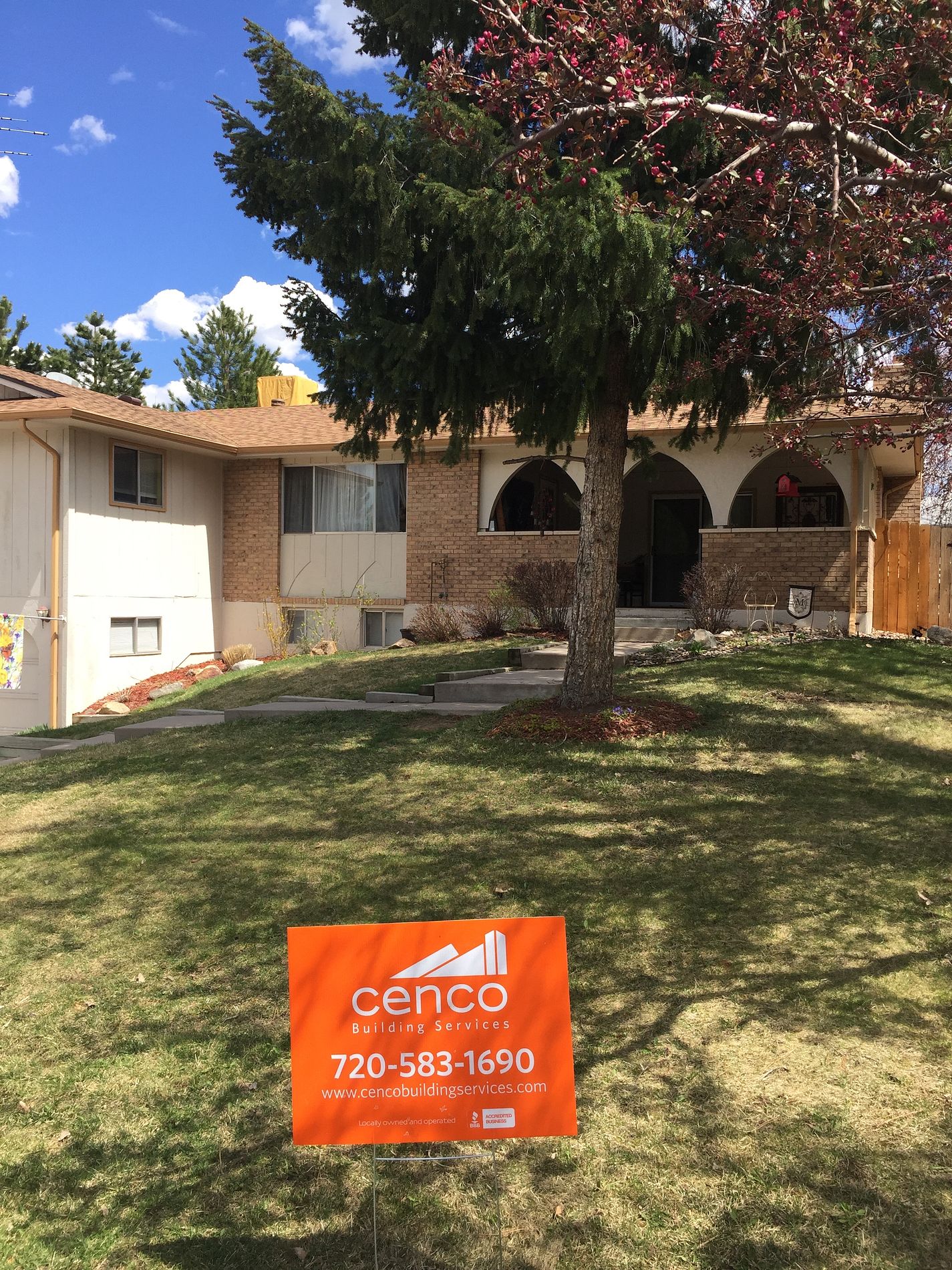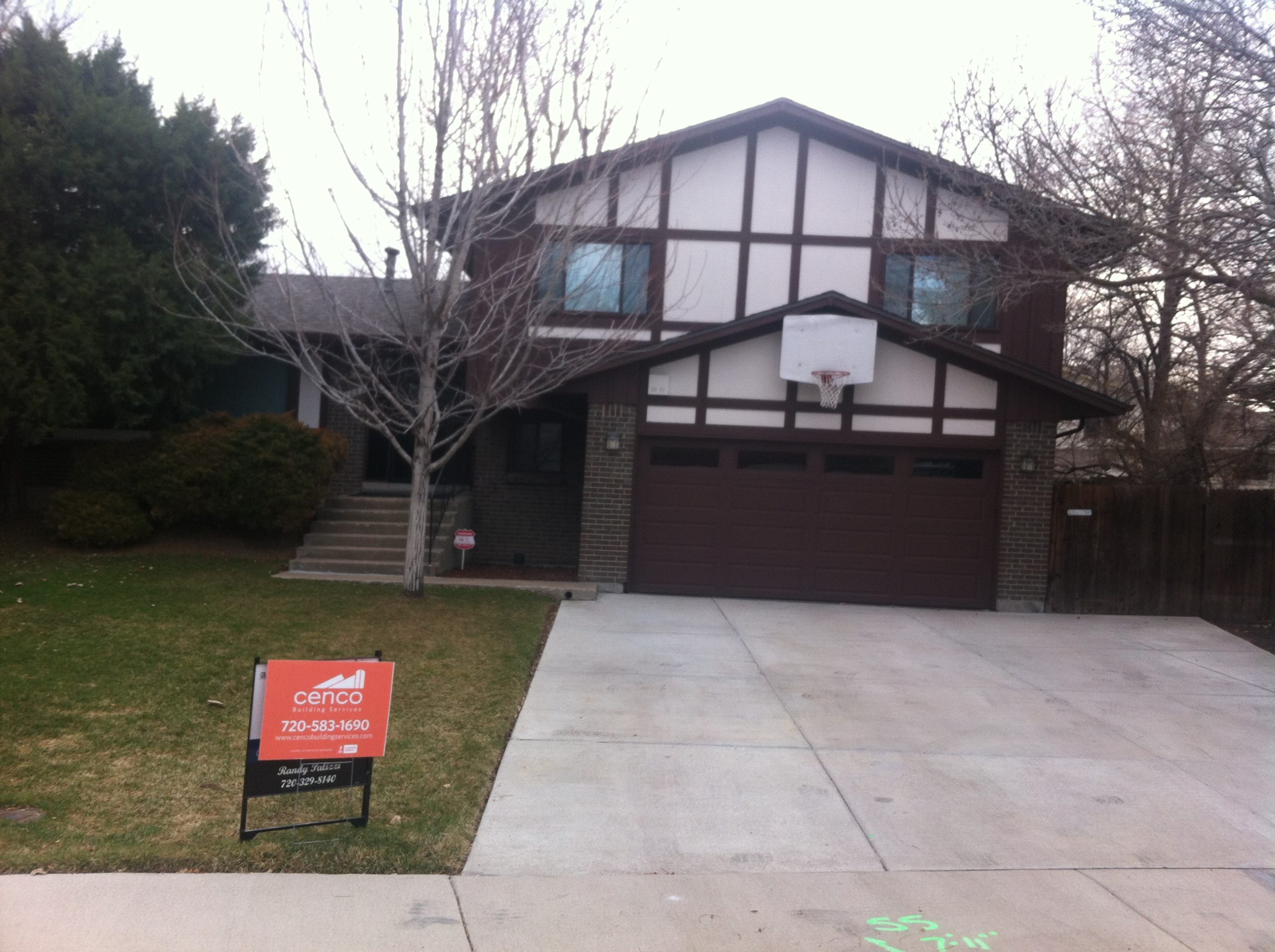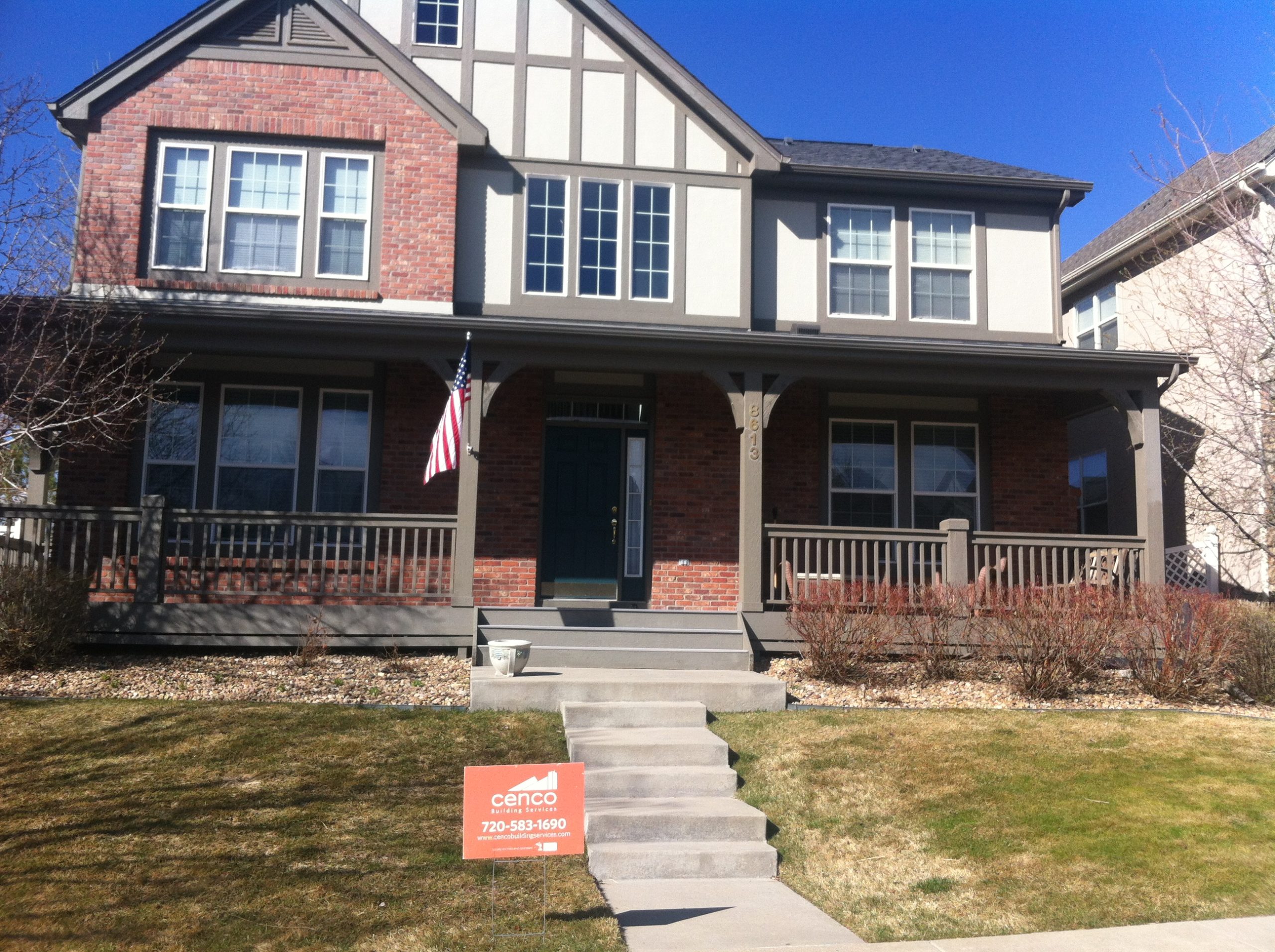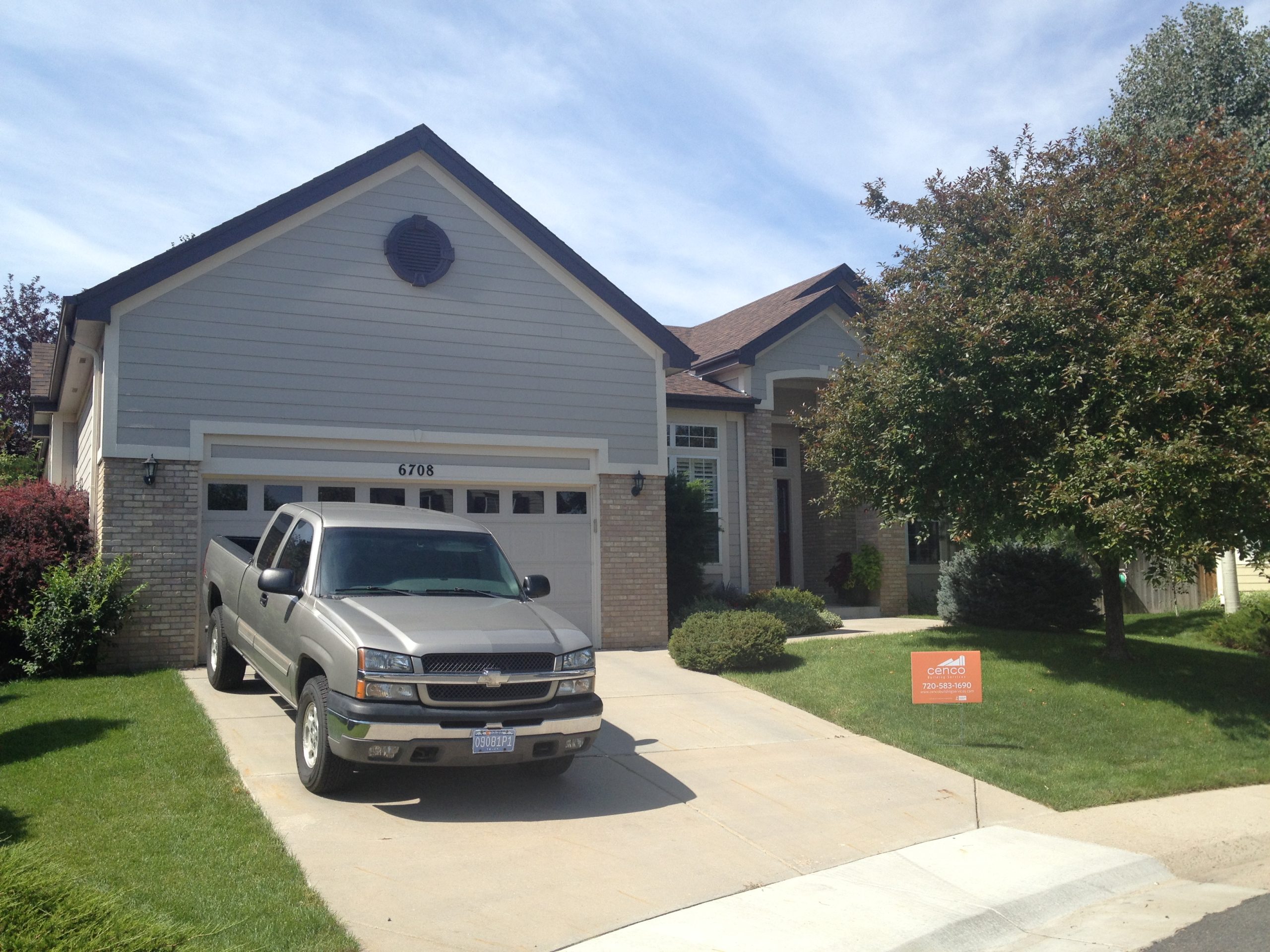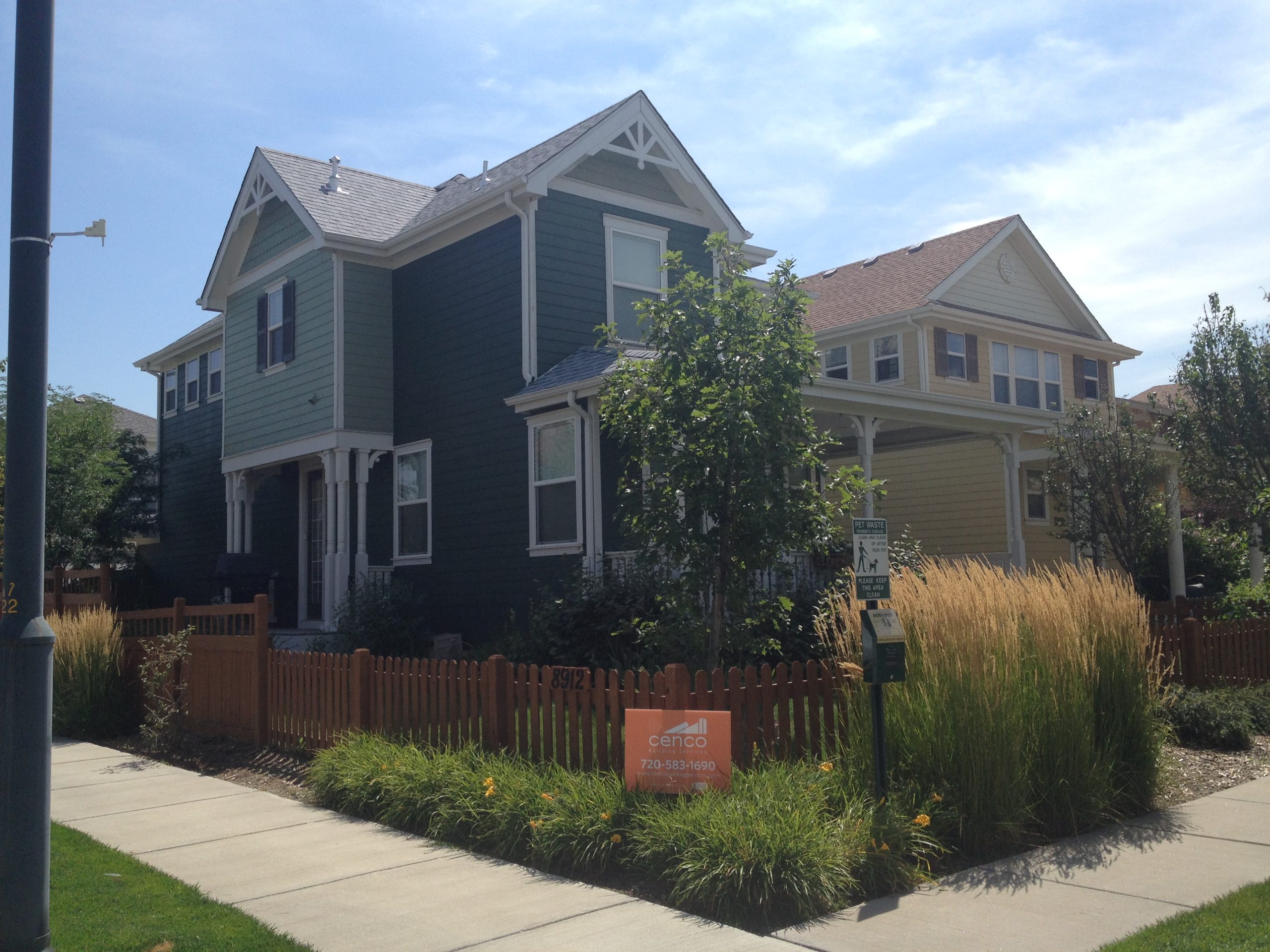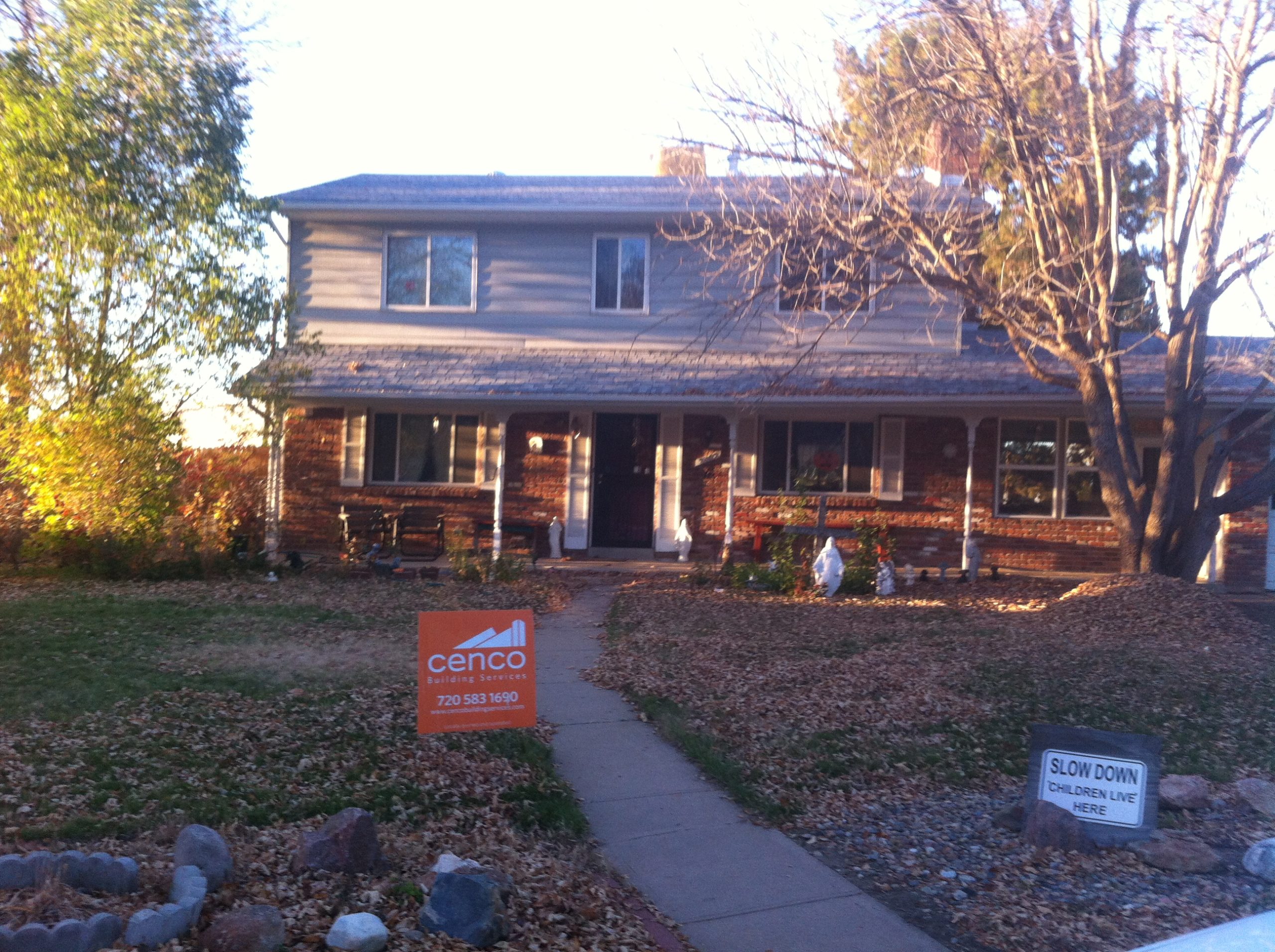The last few days of rainy weather in Denver are a gentle reminder that colder temperatures are around the corner! Cenco Building Services is here to meet your roofing needs all year round. Whether you are looking for a new roof inspection, or have run into delays that might prevent your roof from getting installed this calendar year, give us a ring at (720)-583-1690 to see how we can help. Cenco Building Services is Owens Corning Top Of The House certified, to address your roofing, ventilation and insulation needs. Call today!
